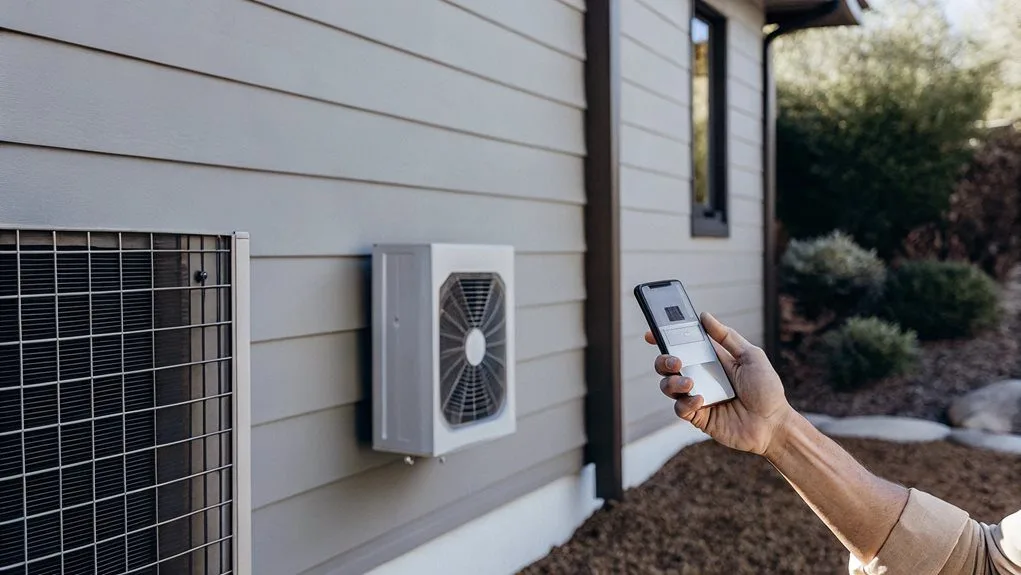Heat Pumps for UK Businesses: Lower Bills, Lower Carbon
Commercial properties spend up to 40 % of their energy budget on space heating. By switching to high-efficiency heat pumps, warehouses, offices, and hospitality venues can cut consumption by 31–47 %, trim annual bills by £300-£650 per site, and slash CO₂ by roughly 80 % when powered by on-site solar PV.¹
Why Businesses Are Making the Change
- Operating savings – Average Coefficient of Performance (COP) of 3.8 means every 1 kWh of electricity delivers 3.8 kWh of heat, out-performing gas boilers at 0.9 COP.
- Longevity & low maintenance – Service intervals are typically five years, and systems last 20+ years, reducing lifecycle costs.
- Carbon compliance – Cuts Scope 1 emissions, supporting ISO 14001 and Science-Based Targets.
- Grid incentives – The Non-Domestic Renewable Heat Incentive successor scheme offers tiered payments for renewable heat output.
- Energy resilience – When paired with battery storage and Houston monitoring, heat pumps hedge against gas-price volatility.
Business Case Studies & Performance Metrics
Logistics depot, Midlands – A 40 kW air-source heat pump retrofitted to radiant heaters cut gas spend by £9,800 in year one and delivered a 6.2-year payback after a £5,000 Clean Heat Grant.²
Brewery taproom, North West – Four 14 kW units integrated with heat-recovery ventilators reduced annual CO₂ by 32 t and halved winter heating bills, while maintaining precise fermentation temperatures.
Care home group, South East – Ground-source loops linked to under-floor heating achieved an EPC uplift from D to B, unlocking green loan finance and adding £240,000 to asset value at re-valuation.³
Comparing Heat Pumps with Gas Boilers
Gas boiler capex may sit at £4 k versus £18 k for a commercial-grade heat pump, yet fuel-price parity occurs once electricity is 3.4 times the gas rate or lower. With wholesale gas remaining volatile, many sites are already below that break-even point—especially when using on-site renewables to supply low-cost electricity.
Incentives & Funding Pathways
Through April 2025 the Boiler Upgrade Scheme offers up to £7,500 per installation, while Annual Investment Allowance lets companies write off 100 % of qualifying plant in year one. Regional grants and carbon-reduction capital allowances can further shave repayment periods to fewer than five years.
- Capital allowances – First-year write-off on heat-pump capex up to £1 m.
- Energy-efficiency loans – Interest-free finance up to £200 k through the Carbon Trust for SMEs.
- Green Heat Network Fund – Grants for larger district-heating projects in campuses and industrial parks.
Take the Next Step
Speak with Ampergia’s engineers and see how a tailored heat-pump system can cut your operating expenses from day one.

